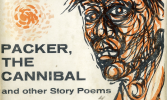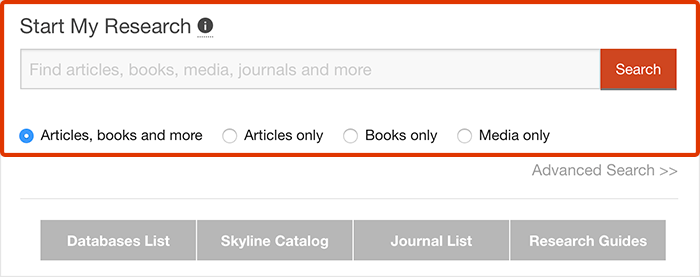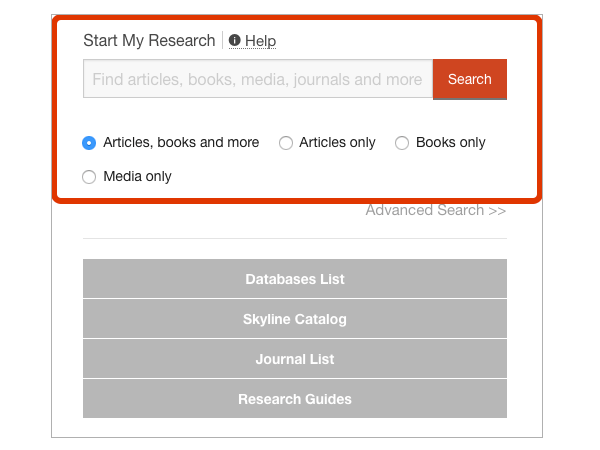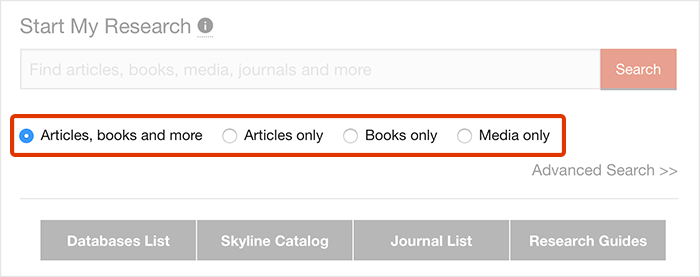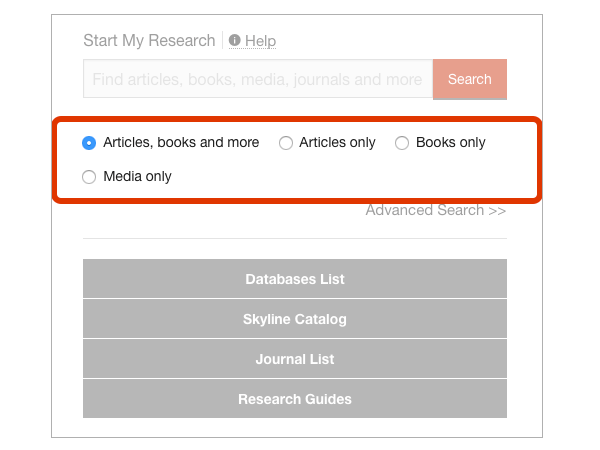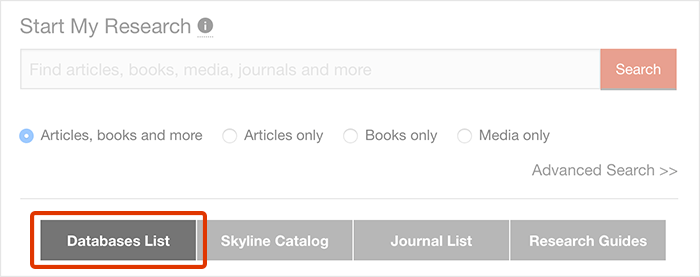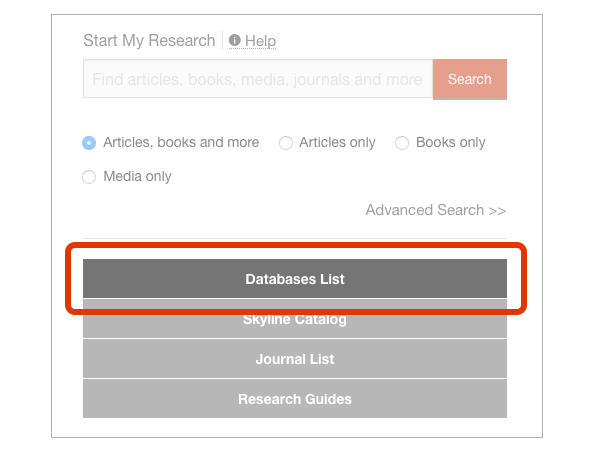Special and Digital Collections Unit
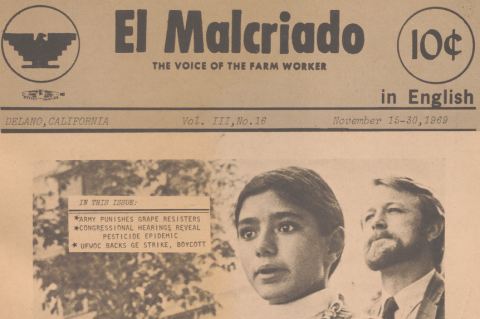
During the 2024-25 academic year, our Special and Digital Collections unit digitized a series of historic Chicano newspapers and magazines, most published in Colorado, dating from the late 1960s to early 1980s. The Auraria Library received funding to digitize these collections through an Inclusive Excellence Grant from CU Denver’s Office of Access and Campus Engagement, and they reflect our continuing priority of expanding access to diverse cultures and perspectives.
MSUD student Lisa Salazar worked with us to preserve and enhance access to these publications to benefit future generations of Auraria Campus learners and community members. You can find these—and numerous other digital collections of historical significance—on our Digital Repository Explore page.
By Lisa Salazar
“We are a people in struggle, not only for the control of our lives but also to give life to our culture and heritage.”
– El Plan Espiritual de Aztlán
That quote stayed with me as I worked in Special & Digital Collections at the Auraria Library, helping preserve and digitize a powerful collection of newspapers and magazines from the Chicano Movement era. They served as a voice for a community fighting for recognition, rights, and justice.
This project gave me the chance to work directly with 86 publications of great regional historic significance. They covered everything from student walkouts and labor strikes to cultural celebrations and political organizing. More than just old newspapers, they were tools of empowerment and resistance. One headline in particular stuck with me: “The Farm Workers Five-Year Struggle ‘La Huelga’ —The Grape Strike.” In just a few words, it said so much about the struggle, the sacrifice, and the strength of the movement.
What moved me most was how vivid and urgent the writing felt. These weren’t distant, dusty accounts: they were alive with passion and purpose. I learned about the West High School Blowouts and Los Seis de Boulder, events that shaped the Chicano movement here in Colorado but are often overlooked in mainstream history. These newspapers filled in unrealized gaps in my own understanding.
The experience also changed how I see my own identity. I’ve always been proud of my roots, but reading these articles showed me how deep they run, back through the activism of the ’60s and ’70s, and even further to the Treaty of Guadalupe Hidalgo. I realized that this history isn’t just about the past: it’s about the present and the future, about honoring those who came before us and continuing their work.
It also gave me a new perspective on journalism. In school, journalism is often taught as neutral reporting on current events. But these publications were doing something more. They were speaking directly to their communities, raising awareness, building solidarity, and demanding change. That’s journalism too, and it’s some of the most powerful I’ve ever read.
Today, with Latinos and Hispanics comprising nearly a quarter of Colorado’s population (and nearly one-third of Auraria Campus students), this history is more important than ever. The issues these papers tackled—education, labor rights, and cultural erasure—are still relevant. By preserving these voices, we’re keeping the spirit of the Chicano Movement alive and reminding ourselves that storytelling is a form of resistance. These papers may be decades old, but their messages still speak loudly, and they deserve to be heard.



